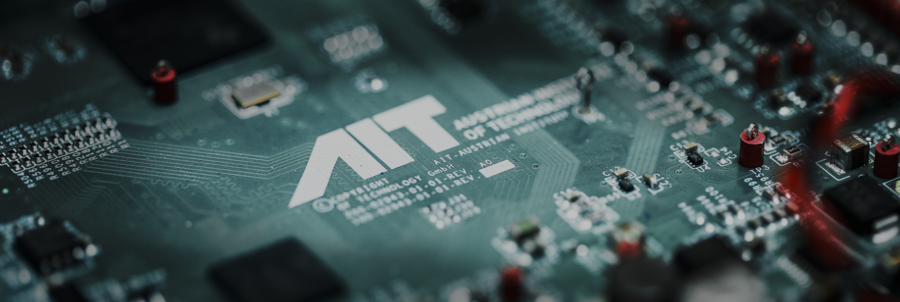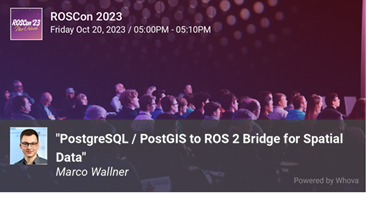Autonomous systems need comprehensive information about their environment in order to operate safely and efficiently. In addition to sensor data collected and processed by the system itself, static or infrequently changing information also plays a central role. This can be information about buildings or road layouts, for example, as provided by services such as Google Maps or OpenStreetMap. Such data is often stored in special geodatabases together with application-specific data such as charging stations or interaction areas.
In their joint ROSCon talk, the three AIT experts for assistance and autonomous systems, Marco Wallner, Matthias Schörghuber and Markus Hofstaetter, will present a solution for easily integrating such geo-information into the widely used robotics framework ROS2.
They will show the application of their software with a demo in a gravel plant: Data such as roads, buildings and electricity pylons from OpenStreetMap, together with specific information about the gravel plant, are made available to the robot system, a wheel loader, and displayed together with "live" sensor data.
Abstract:
PostGIS is a widely used PostgreSQL extension to store, manipulate, and manage spatial data. Marco Wallner and his team present their PostGIS to ROS 2 bridge, enabling the convenient use of spatial data stored in a PostgreSQL database in the ROS world. The bridge is configurable with custom SQL queries to fetch data and publishes it as a ROS message (e.g., Marker, Point, Polygon, etc.). They show a demo use case where they visualize orthophoto data (satellite or own geoserver), semantic elements from a PostGIS database (powerlines, POIs, areas, etc.), and live data like odometry in a gravel quarry using rviz2 and Foxglove Studio.
More on
ROSCon 2023: https://roscon.ros.org/2023/
AIT research group Assistive & Autonomous Systems



